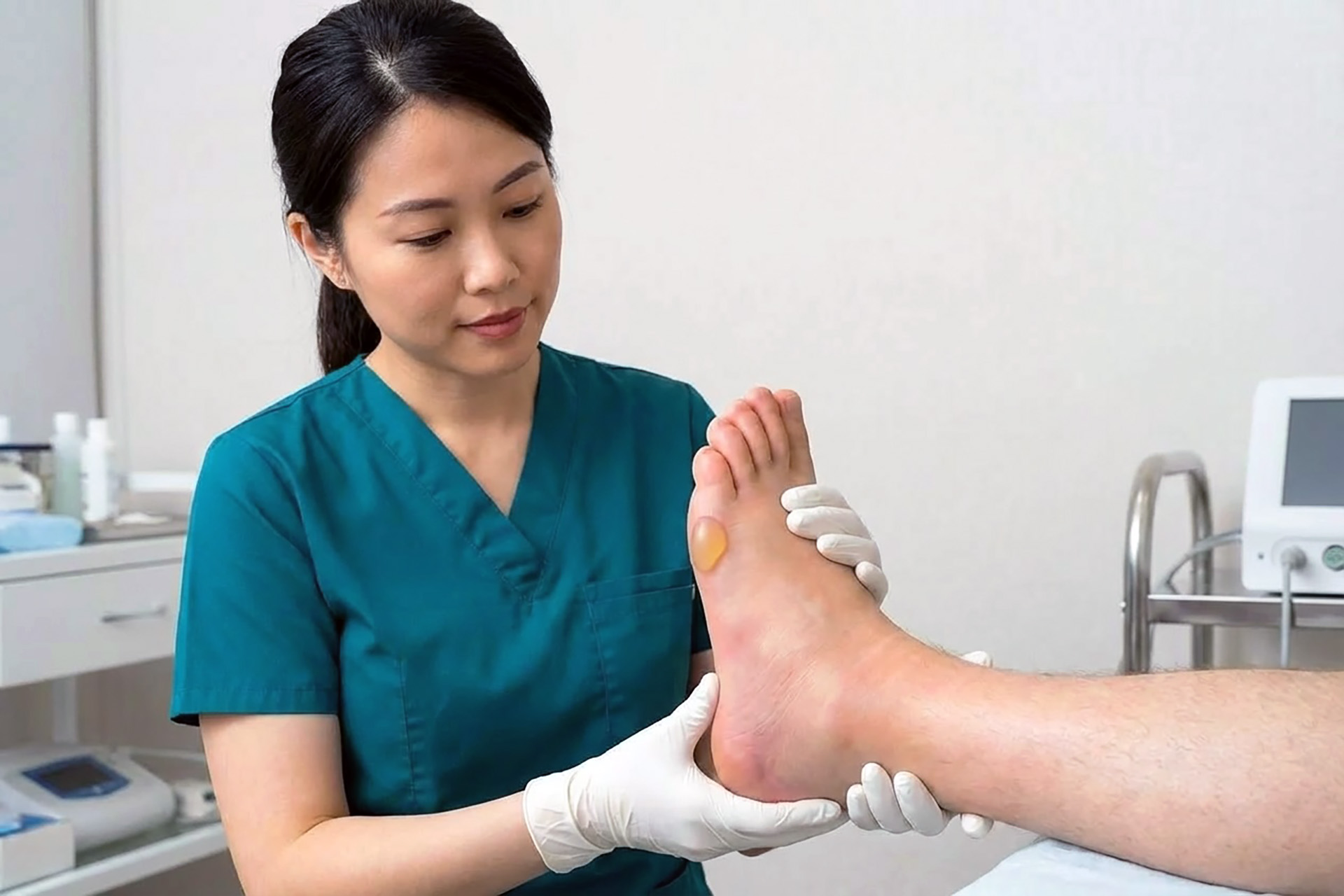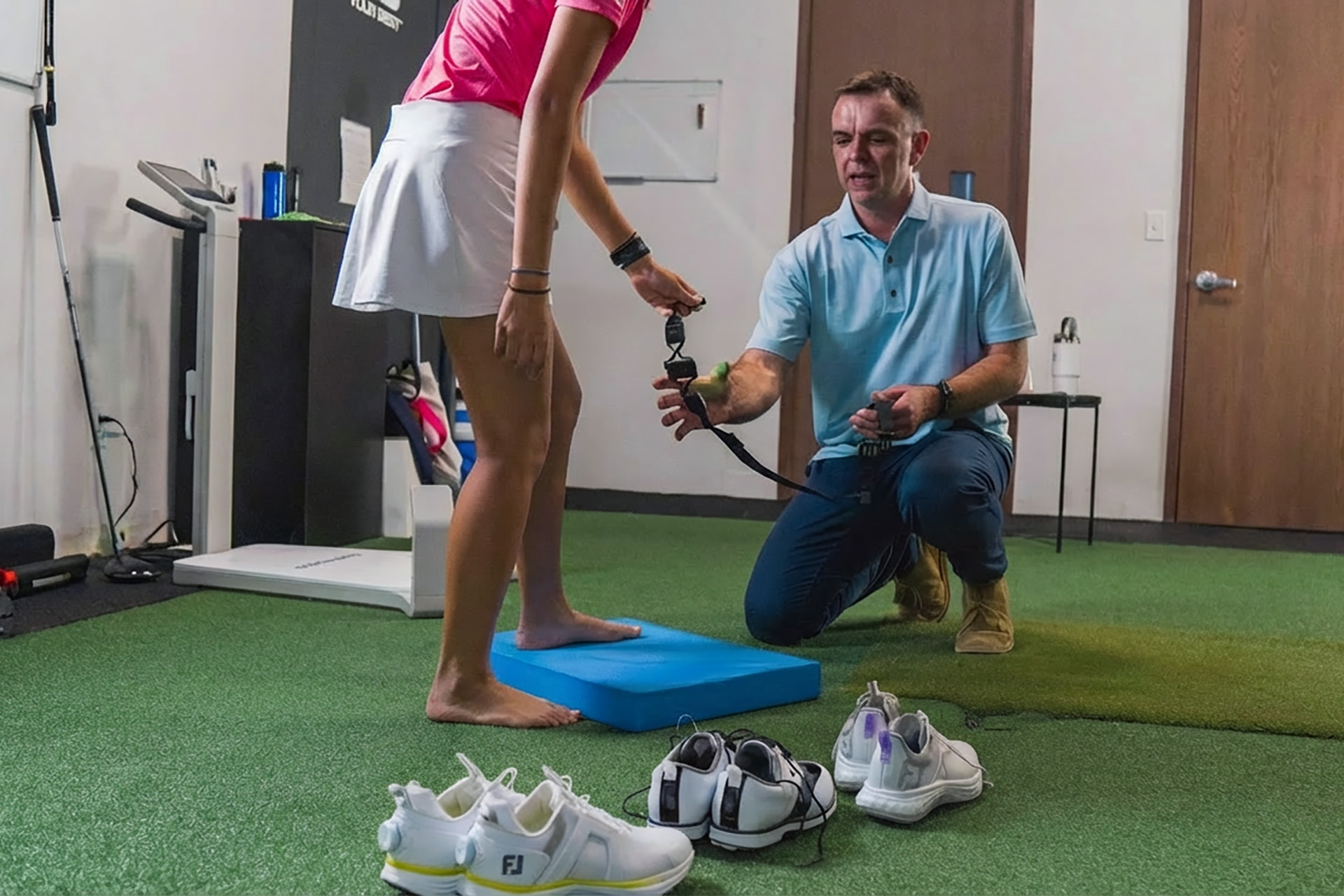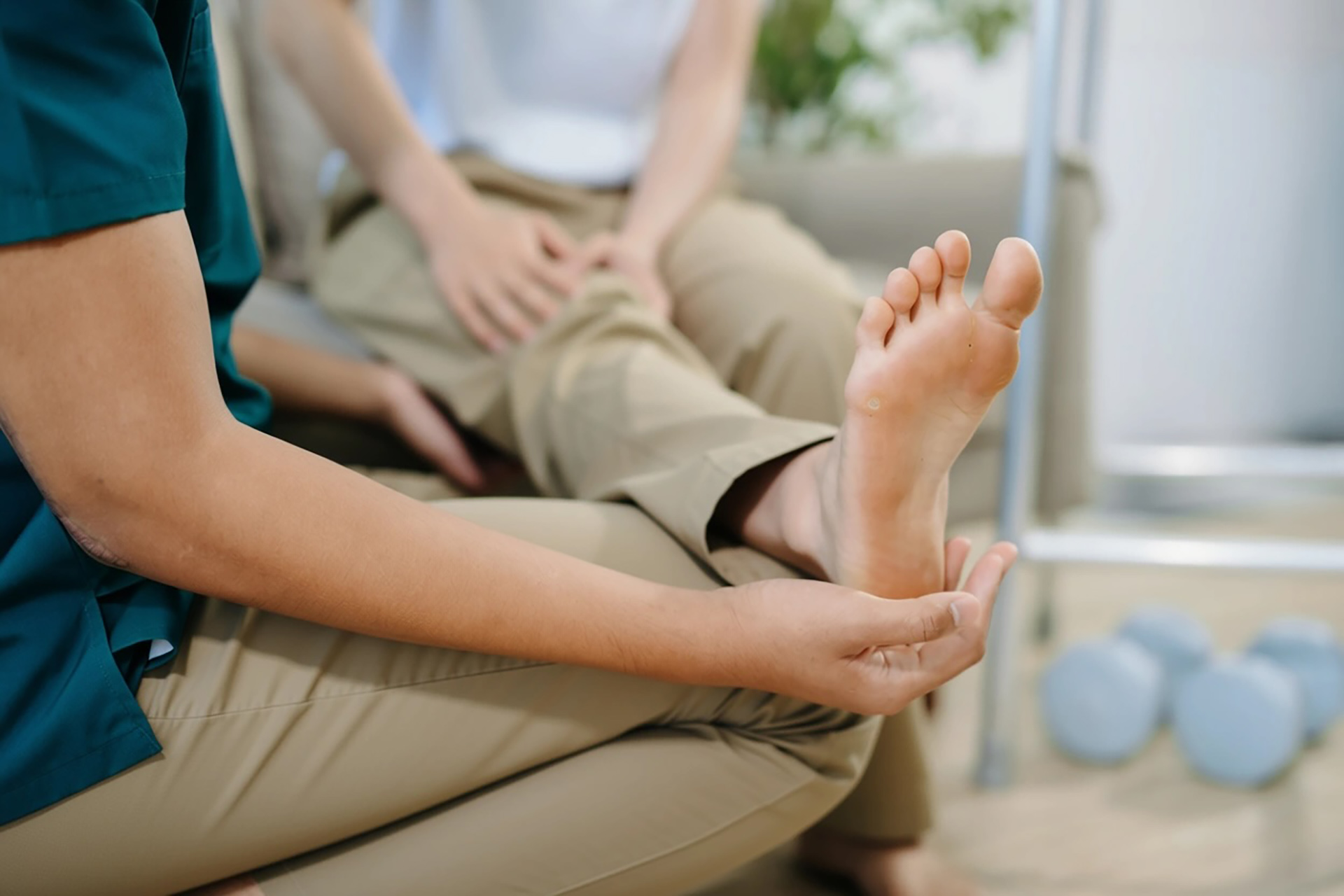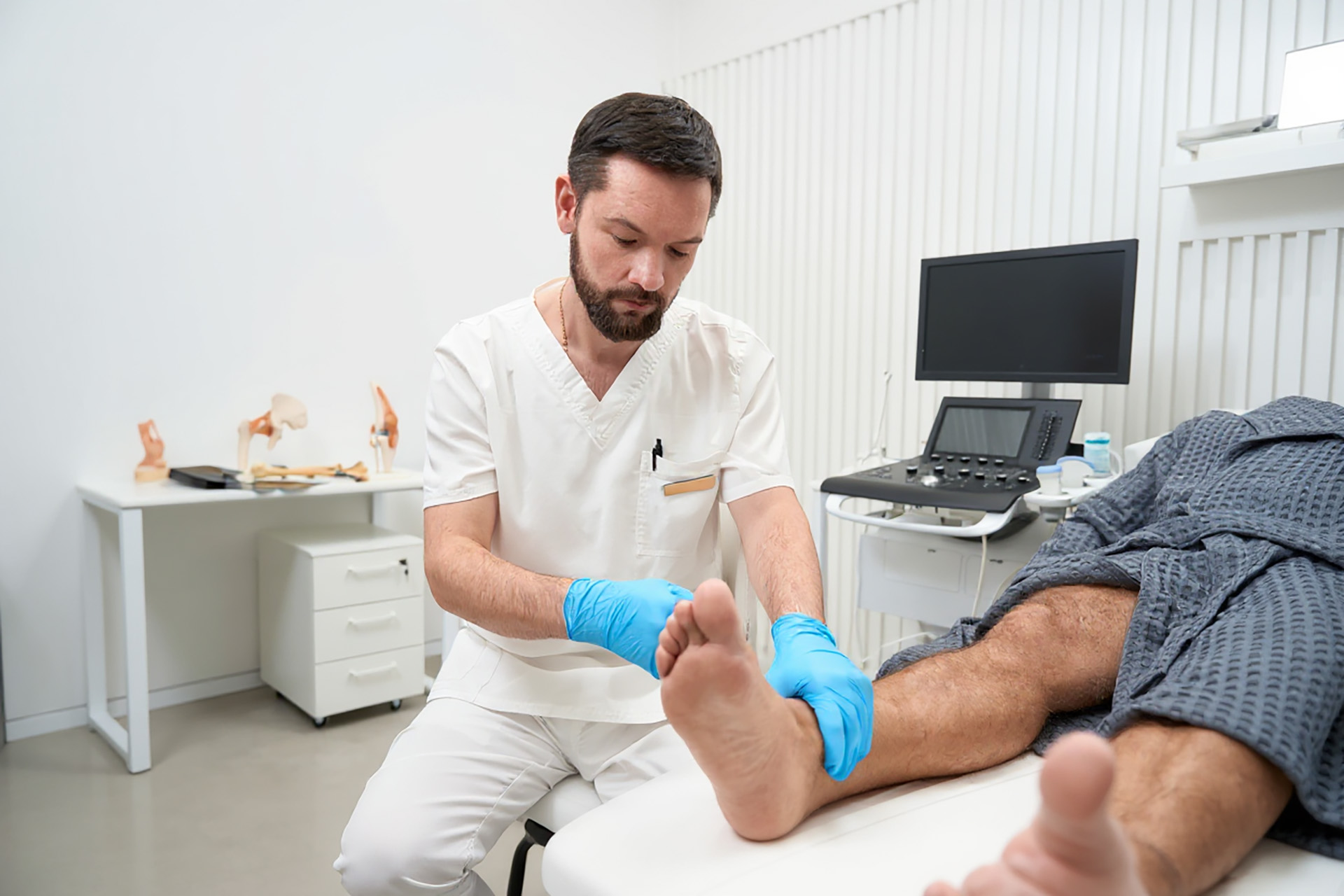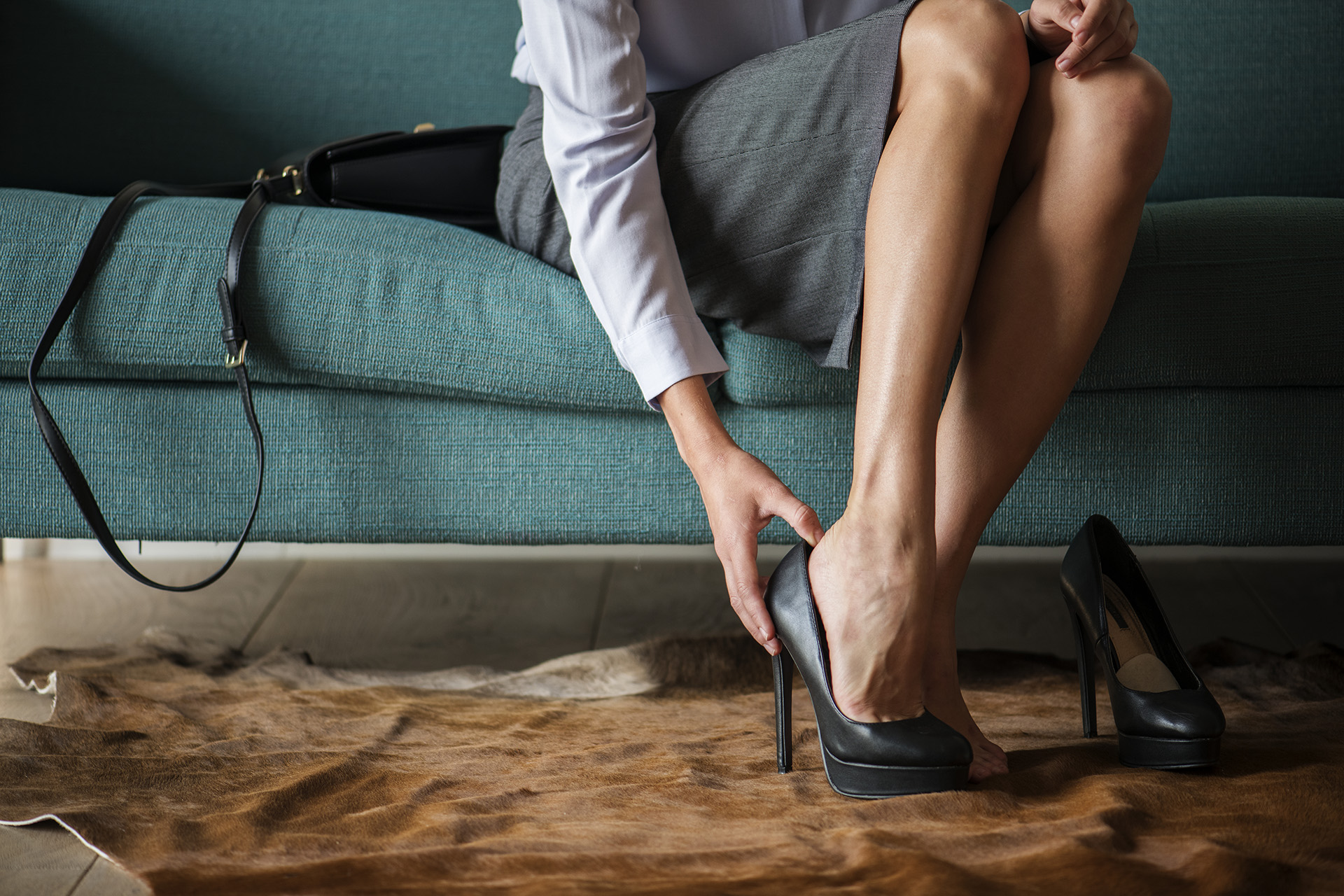What are Flat Feet?
Flat feet, also known by its medical term as pes planus, are fallen arches where the arches of the foot collapse and the whole sole touches the ground. This is important because it highlights the low or non-existent foot arch, which can cause misalignment and stress on other joints and cause foot problems.
This can occur from birth or develop over time due to wear and tear on the ligaments and tendons supporting the arch. While many people with flat feet have no discomfort, others may experience pain, instability or alignment problems in the knees, hips and lower back.
Flat feet can also be classified as flexible and rigid. Flexible flat feet have an arch when seated or on tiptoes but disappear when standing. Rigid flat feet have no visible arch, regardless of movement or weight bearing.
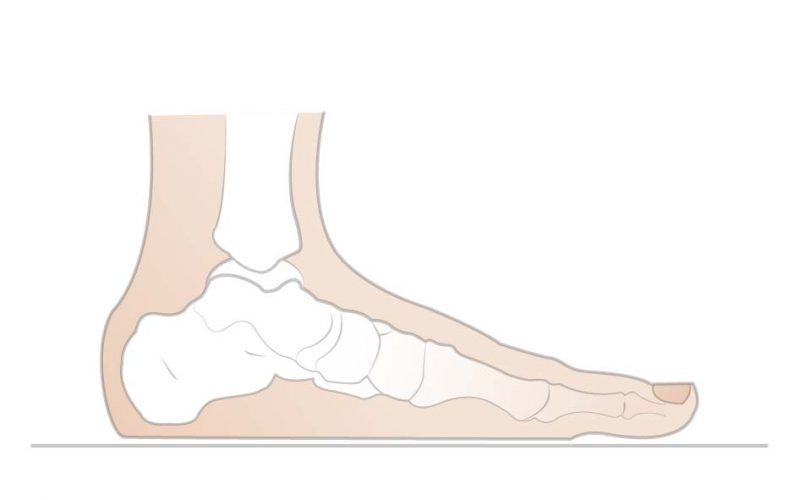
Flat Feet Symptoms, Foot Pain and Diagnosis
Not everyone with flat feet has symptoms. But when discomfort occurs, it’s usually felt in the arch, heel or inner ankle. Other common flat feet symptoms are swelling on the inside of the foot, pain that worsens with prolonged standing or walking and even discomfort radiating up the legs.
A podiatrist can diagnose flat feet through a physical examination by observing how the foot functions while standing, walking and weight bearing. In some cases, imaging studies such as X-rays or MRI scans may be needed to assess the condition’s severity or rule out underlying conditions such as arthritis or tendon damage.
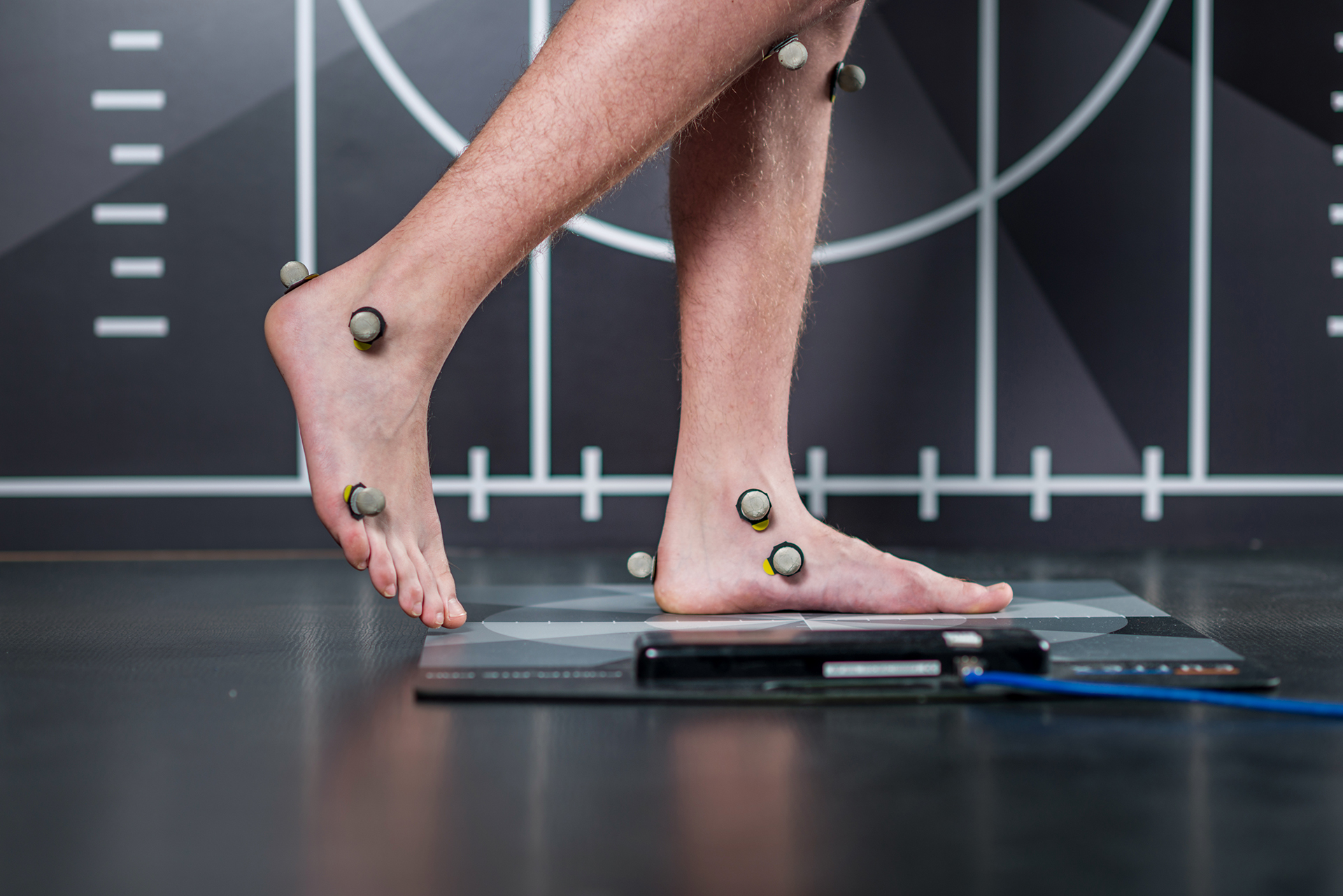
Causes and Risk Factors
Common causes and risk factors associated with flat feet include:
- Genetics: Some people inherit foot structures that can collapse.
- Age: Ligament and tendon degeneration can weaken the arch over time.
- Obesity: Excess weight puts extra stress on the foot’s supportive structures.
- Injury: Trauma to the foot or ankle can damage the tendons that support the arch.
- Medical Conditions: Conditions such as rheumatoid arthritis or diabetes can weaken the foot structures.
Congenital Flat Foot in Children vs. Adults
Flat feet are normal in infants and young children as the arches develop. However, if a child’s flat feet persist beyond early childhood and cause pain or walking difficulties, a podiatrist may recommend orthotic intervention or physical therapy.
For adults, flat foot treatment is about pain management, supportive footwear and biomechanical correction through podiatric care. Early management can prevent long-term problems like joint degeneration and chronic pain.
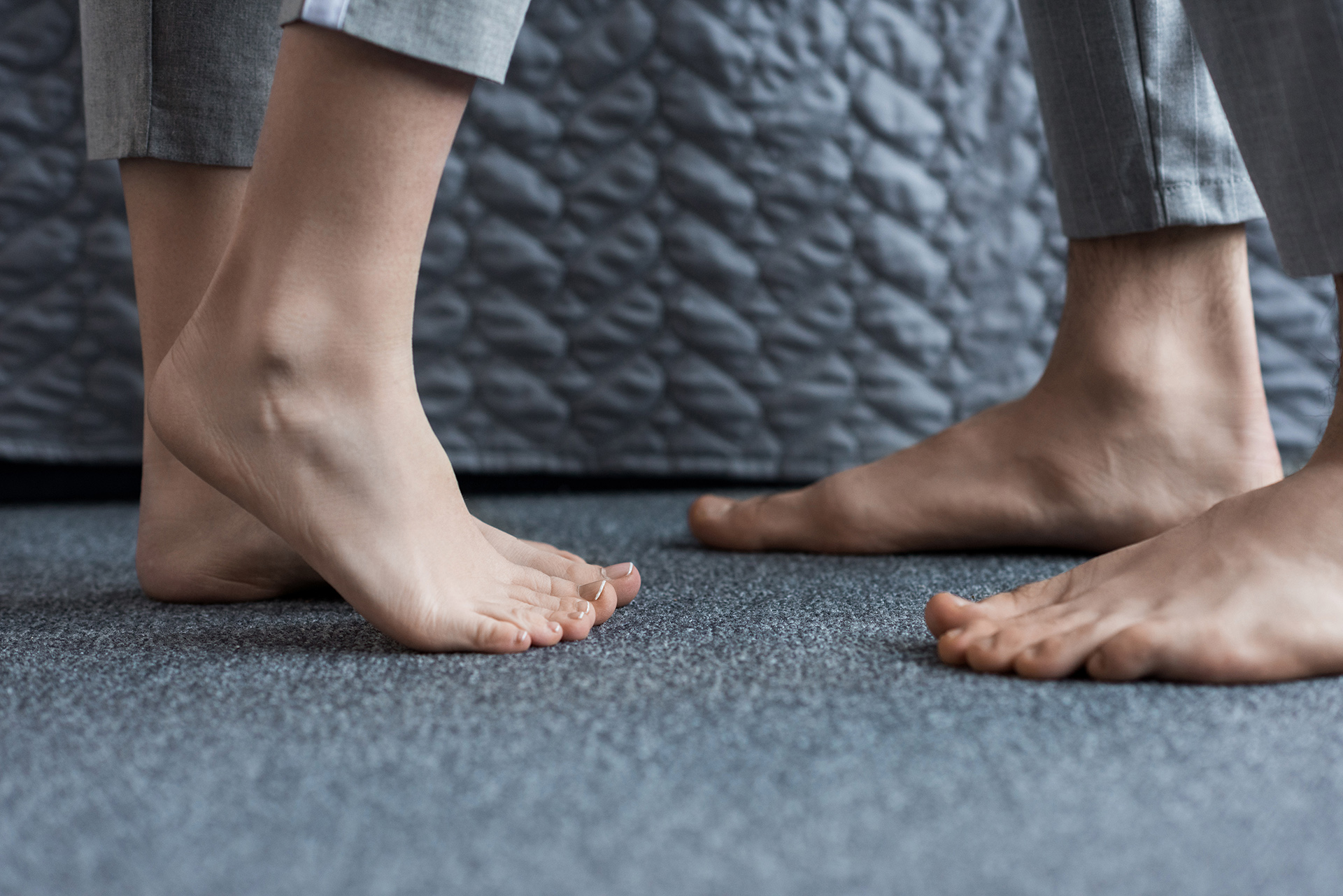
Sports and Flat Feet
Flat feet can affect athletes and those who are into sports. This condition can affect performance, increase the risk of injury and cause discomfort during exercise. Athletes with flat feet often experience stress on the feet, ankles and legs, leading to overuse injuries like shin splints, plantar fasciitis and Achilles tendonitis.
For flat feet, poor foot mechanics can lead to inefficient movement patterns, reducing performance and endurance. However, with proper treatment and management, people with flat feet can still enjoy their favourite sports and activities. Orthoses, shoe modifications, and targeted exercises can help alleviate symptoms and improve performance.
A podiatrist will develop a personalised management plan for athletes with flat feet that may include:
- Custom orthoses to support and stabilise the feet and ankles.
- Shoe modifications to reduce stress and comfort.
- Exercises to strengthen the foot and ankle muscles to improve overall stability.
- Gait analysis to identify and correct biomechanical issues to optimise movement.
By addressing flat feet early, athletes can reduce their risk of injury, improve performance and continue to play sports without discomfort or pain.
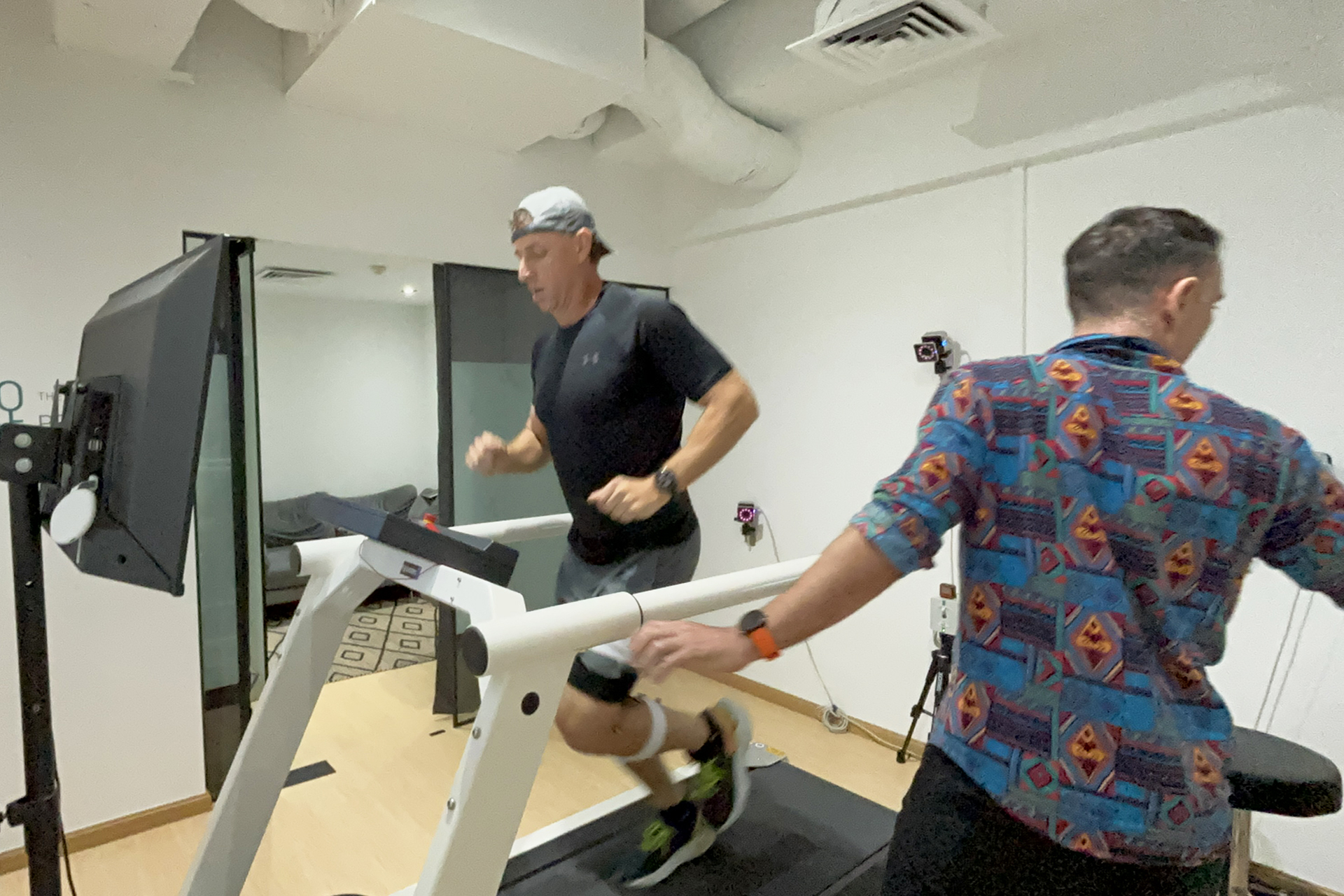
Complications and Prevention
While flat feet are not a cause for concern, they can lead to complications if left untreated. Complications include plantar fasciitis, which causes heel pain due to inflammation of the plantar fascia, and Achilles tendonitis, which causes pain and stiffness in the ankle. Due to poor foot mechanics, people with flat feet are also more prone to shin splints and ankle sprains.
To prevent these complications, address flat feet early. Here are some tips:
- Wear shoes with good arch support to maintain proper foot alignment.
- Use orthoses or shoe inserts to add support and reduce stress on the feet.
- Do exercises to strengthen the foot and ankle muscles to improve stability and reduce the risk of injury.
- Avoid activities aggravating the condition, and opt for low-impact exercises when necessary.
- Consult a podiatrist for personalised advice and treatment.
By addressing flat feet early, you can reduce the risk of complications and live an active, healthy life. Early intervention and proper care are key to preventing long-term problems and overall foot health.
How A Podiatrist Manages Flat Feet Treatment
Podiatry has various treatment options for those with pain or mobility issues due to flat feet. Early detection and intervention is key to managing flat foot deformity.
Footwear and Orthotic Support
Choosing the proper footwear is important for those with flat feet. Flat-foot shoes in Singapore should have good arch support and cushioning to distribute pressure evenly. Custom orthoses to an individual’s foot shape help to align and prevent pain. Unlike generic insoles, custom-made orthoses support biomechanical function and reduce stress on the arch and surrounding joints.
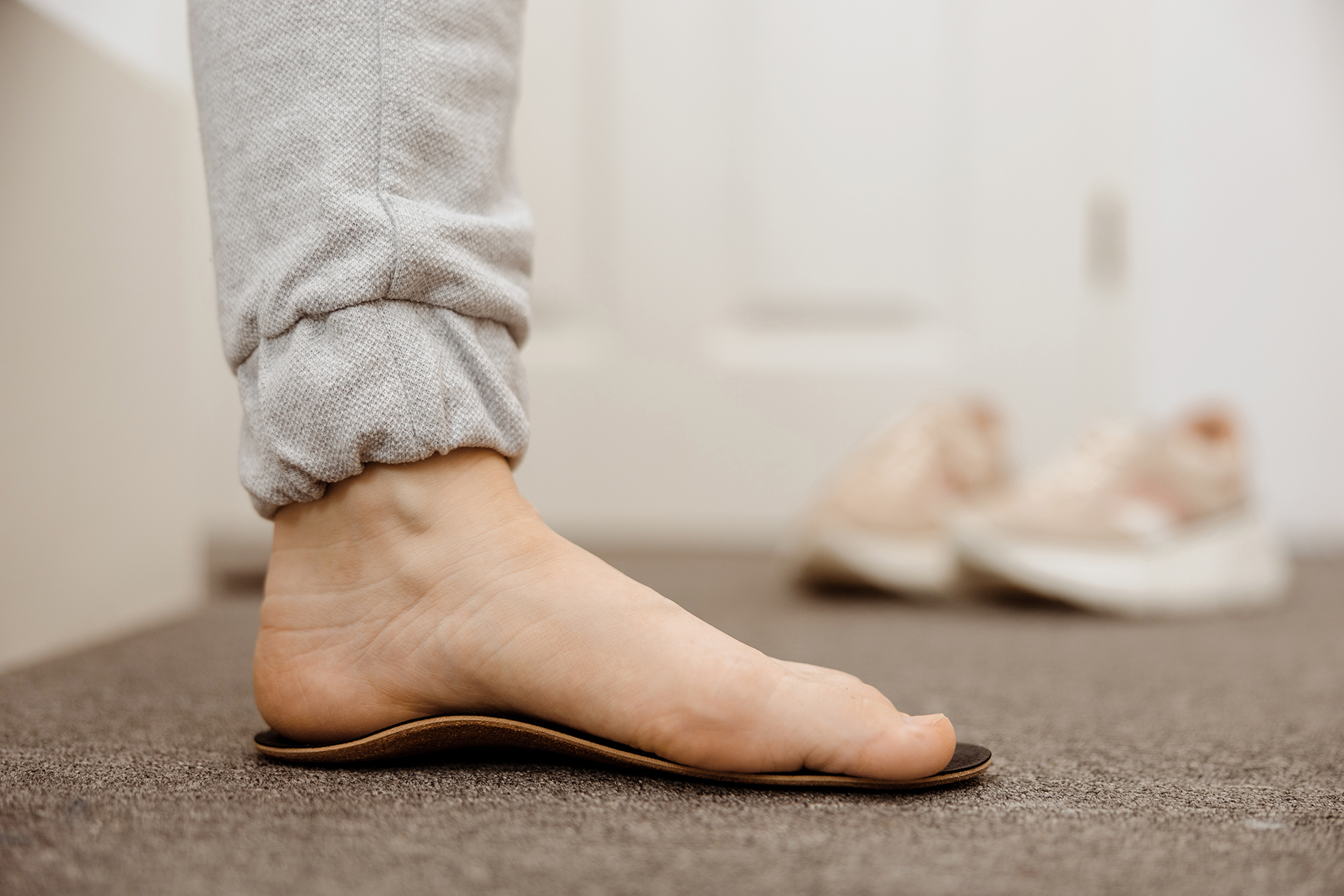
3D Infrared Gait Analysis for Movement Optimisation
3D Infrared Gait Analysis is a detailed assessment of walking and running patterns for those with recurring pain or fatigue due to flat feet. This technology allows podiatrists to identify movement inefficiencies and make precise interventions based on the patient’s biomechanics. By analysing foot pressure distribution, gait cycle abnormalities and postural imbalances, podiatrists can recommend changes to improve efficiency and comfort, especially for athletes.
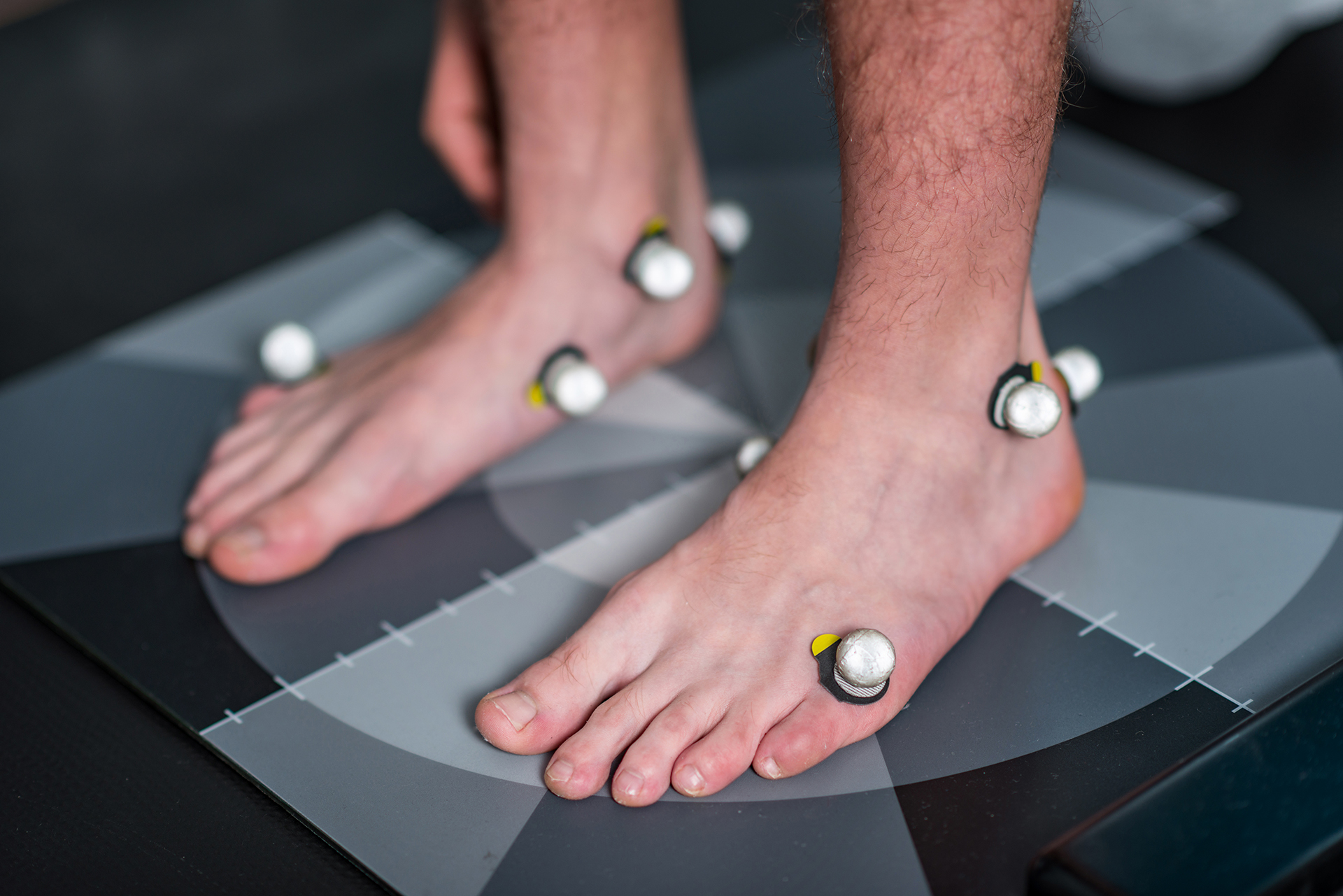
RehaWalk® for Gait Rehabilitation
One of the latest in podiatric care, the RehaWalk pressure sensor treadmill is a game changer for gait retraining. RehaWalk helps individuals with flat feet achieve proper foot function and weight distribution by providing real-time feedback and biomechanical adjustments. This is especially useful for those with difficulty walking, balance or recurring injuries due to poor foot posture.
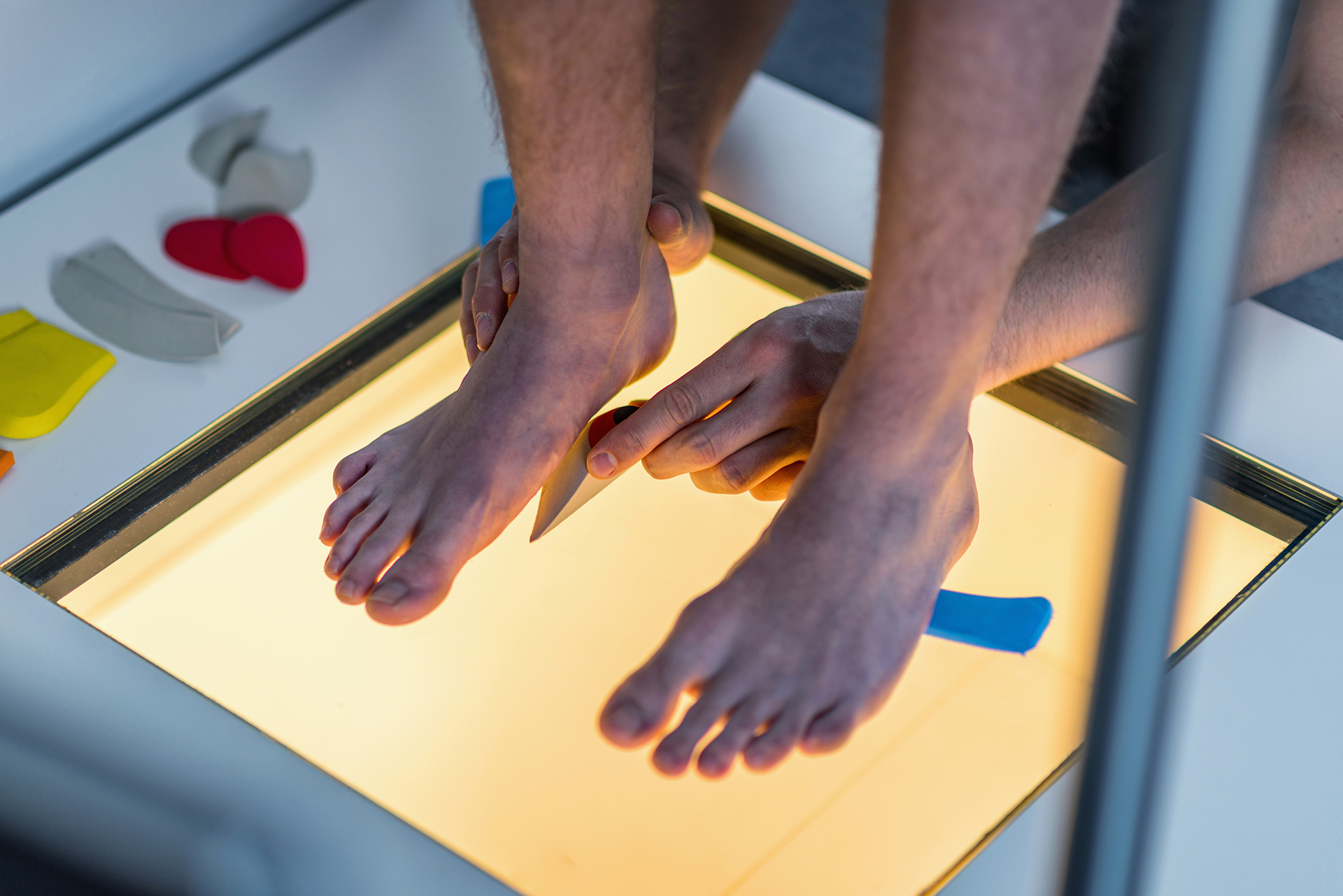
Exercise and Strengthening Programs
A structured exercise program can help manage flat feet. Strengthening the foot’s intrinsic muscles and stretching the Achilles tendon and calf muscles helps stabilise the arch. A podiatrist can guide patients through customised mobility exercises to improve foot strength and flexibility and reduce pain and fatigue.
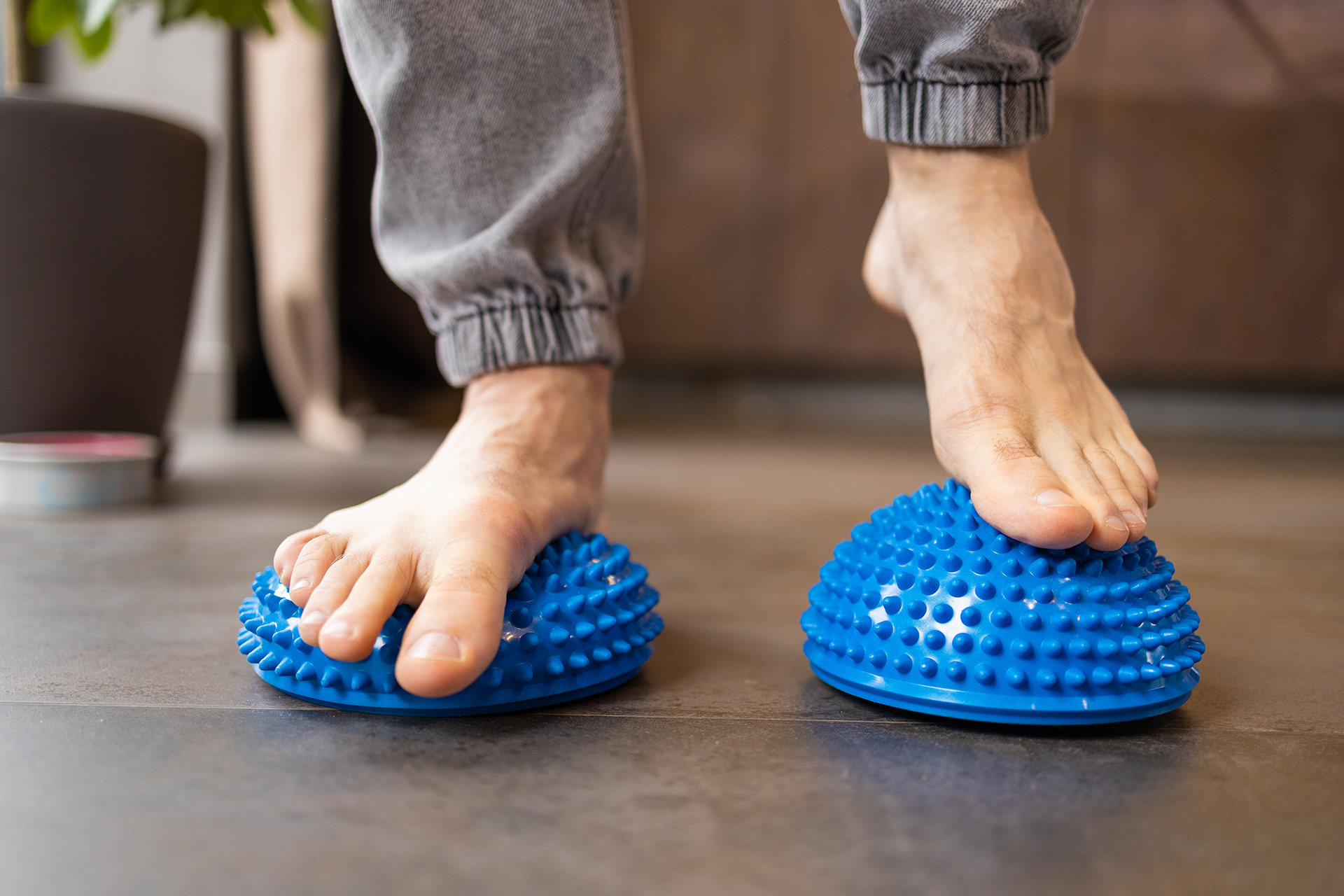
When Is Surgery Required for Rigid Flat Feet?
For most, conservative management, such as footwear adjustments, orthotic support, and gait rehabilitation, will resolve the symptoms of flat feet. But for those who are flat-footed and have severe pain that persists despite non-surgical intervention, surgery may be considered. Tendon reconstruction, osteotomy (bone realignment) or fusion surgery may be recommended to restore foot mechanics and relieve pain.
Singapore flat foot surgery usually involves significant structural deformity or chronic pain affecting daily activities. Contact our podiatry clinic to speak with one of our practitioners about whether conservative options are right for your condition.
Why Choose a Podiatrist for Flat Feet?
Our podiatrists focus on the biomechanics of feet or pes planus, offering non-surgical interventions and rehabilitation programmes to restore optimal function and long-term pain relief.
Individuals with flat feet may experience tired or aching feet, especially after long hours of standing or walking and should seek treatment early. If you’re experiencing discomfort due to flat feet in Singapore, don’t wait for it to worsen.
Whether you need flat foot shoes in Singapore, custom orthotics or advanced gait rehabilitation, The Foot Practice provides comprehensive management for your foot condition. Early treatment can improve mobility, reduce pain and prevent future complications. Contact us today.


